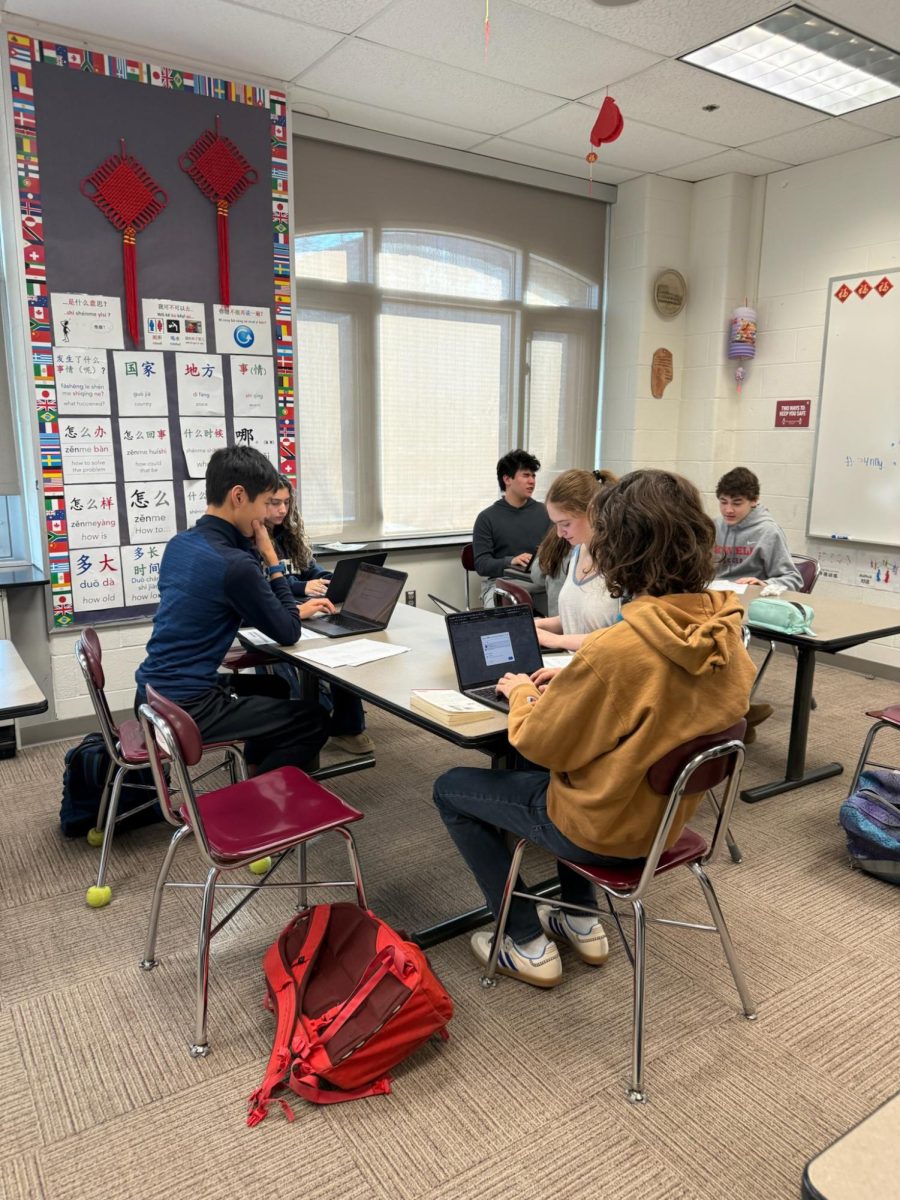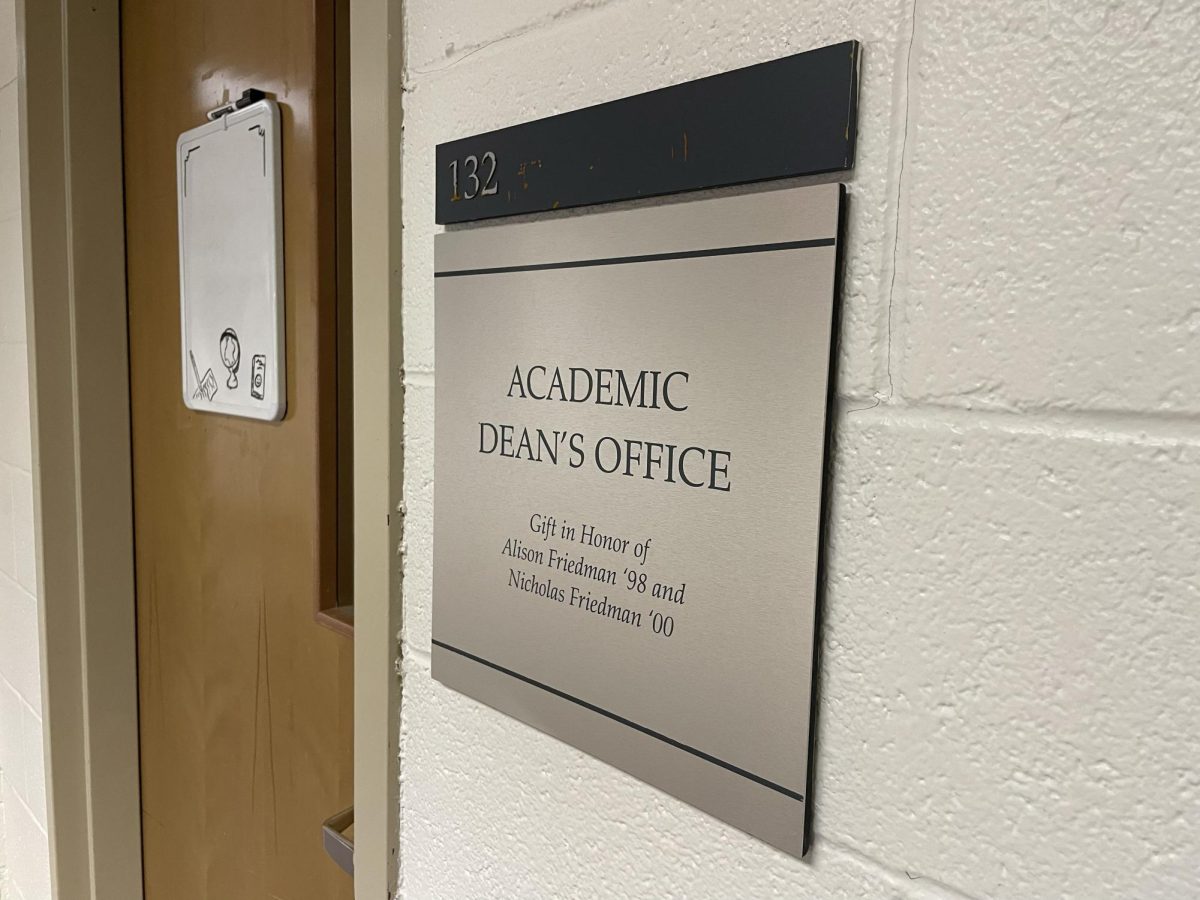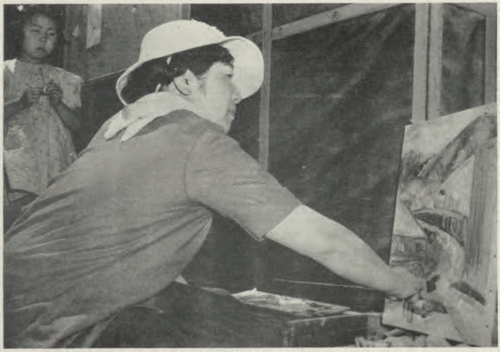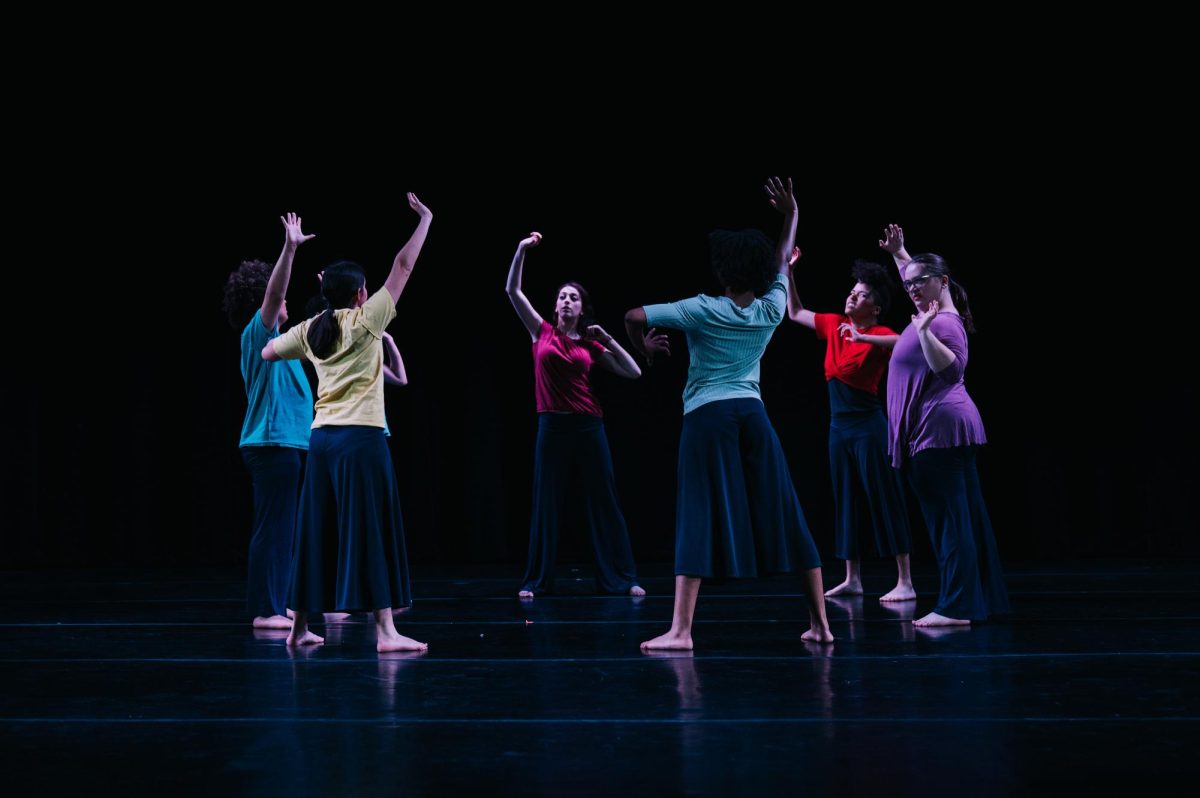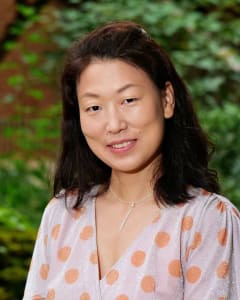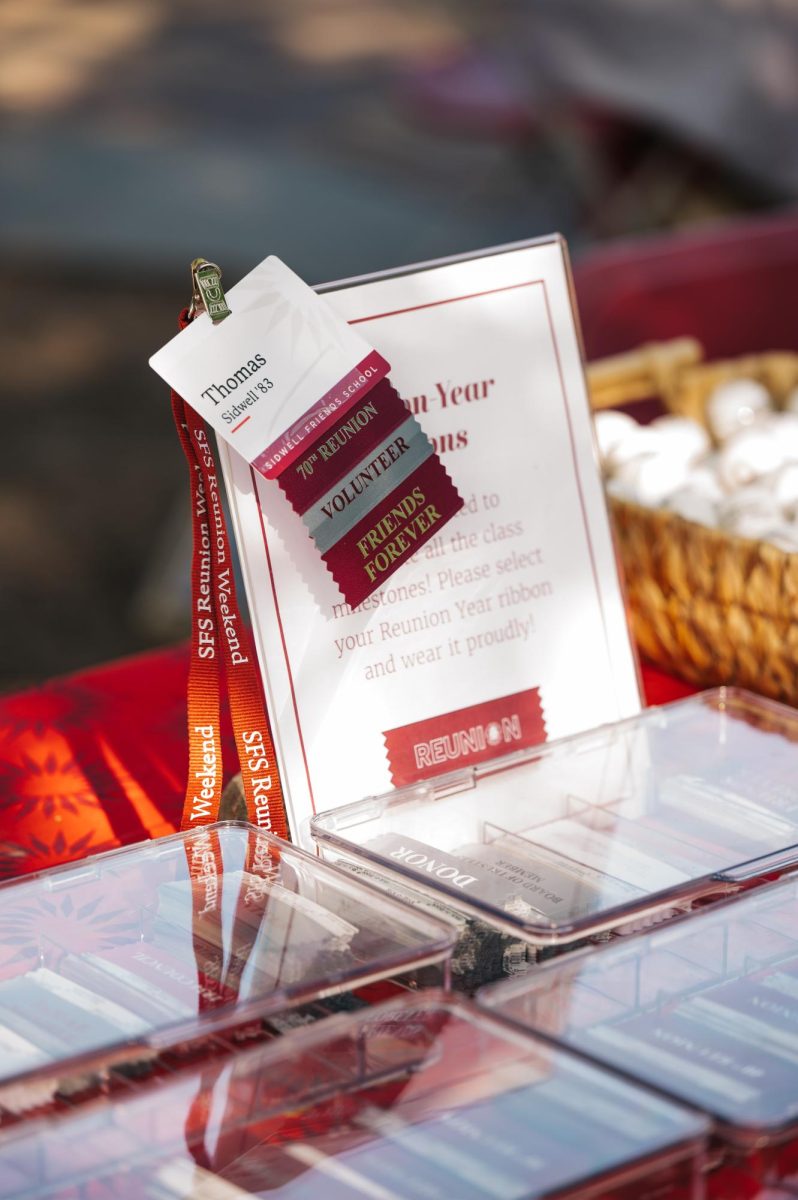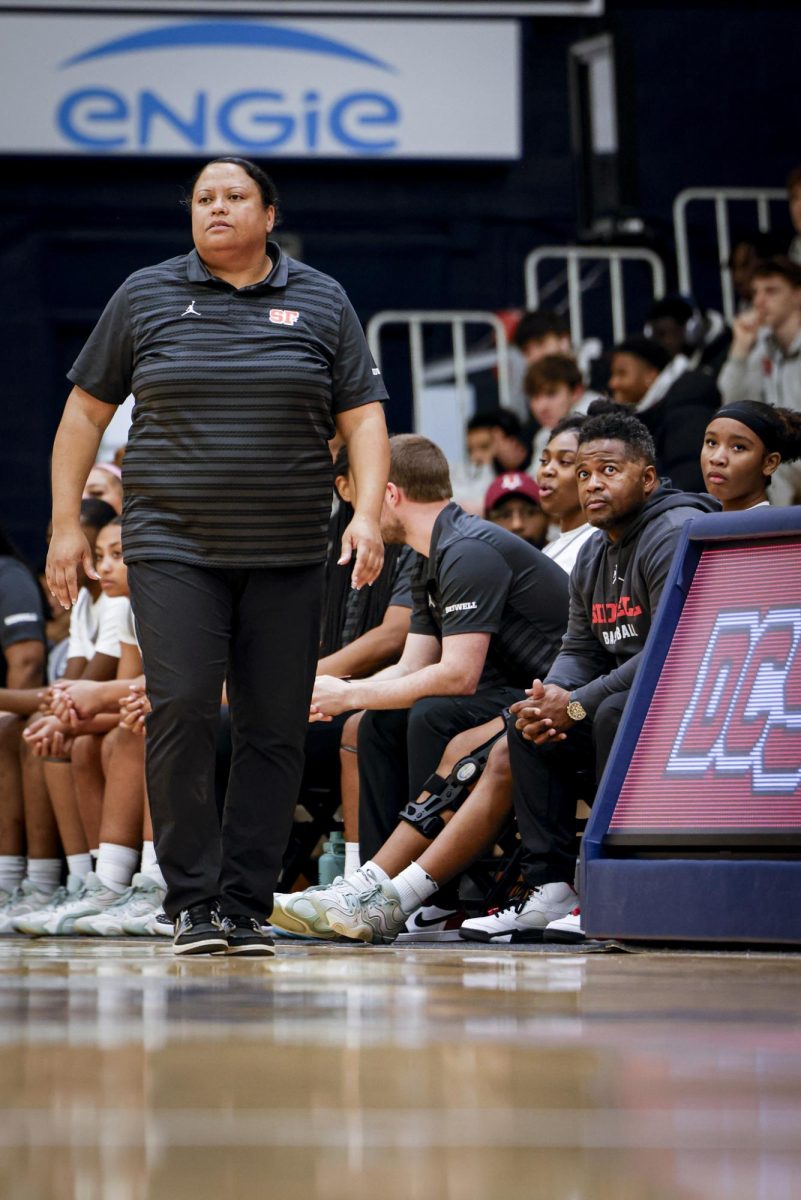This summer, the China Folk House non-profit organization conducted its inaugural student trip to Southwest China with the goal to explore craft, cultural heritage and community sustainability. The trip was led by the two co-founders of the China Folk House: John Flower, who recently retired as an East Asian history teacher and Chinese Studies Chair at Sidwell, and his wife, Pamela Leonard.
A total of 26 high school and college students participated. Although the trip was not affiliated with Sidwell, several current and recent Sidwell students and alumni took part.
The China Folk House partnered with the Center for Bridging Cultures, a U.S.-based non-governmental organization, and the China-United States Exchange Foundation to make the trip possible. Flower explained that students spent the first week as guests of the University, getting the opportunity to be fully immersed in language and craft experiences. Following that, they went on a 13-day trip to Yunnan, where they had the opportunity to tour the region and participate in craft apprenticeships in the area between Dali and Lijiang.
This trip was part of the seven-week China Folk House program for the summer of 2024. The first four weeks occurred at the relocated Folk House in Harpers Ferry, W. VA. Students earned 20 hours of community service per week and a semester’s credit in history for the second, third and fourth weeks.
Students participated in various activities during the trip, including touring the Great Wall and Forbidden City in Beijing and meeting with environmentalist Ma Jun and government officials. Flower said the trip “included a rare insider view of U.S.-China relations in visits to the U.S. Embassy and Chinese Foreign Ministry.”
In Chengdu, students took a cooking class to learn about Sichuan cuisine, visited the Sanxingdui bronze artifact museum, toured the Funan River restoration project, and visited the panda center.
“Most of the trip was spent in beautiful Yunnan province, the original home of the China Folk House, where we studied local efforts to promote community sustainability through environmental restoration of lake Erhai wetlands and the preservation of ancient sacred forests in the Dali region, as well as the ‘intangible cultural heritage’ of local architecture and handicraft traditions,” Flower explained.
The group learned about efforts to use more sustainable energy sources, make waste management more efficient and preserve biodiversity. They stayed in a traditional home in the town of Jianchuan whose architecture dates back to the Ming Dynasty. Students did workshops in different traditional crafts, such as wood carving, silversmithing, toy making, traditional Bai music, indigo tie-dye, woodblock printing, and wood fired black pottery. They also learned about traditions in countryside villages about environmental stewardship.
Flower said that his favorite part of the trip was meeting people in the countryside and learning about their culture and lifestyle. “I think that one day the students will look back and understand that they would never have had those kinds of experiences in a tourist trip or standard student tour of China,” Flower explained. “Our aim is to go into a place, stay for a while, get to know it well, and put down roots that will blossom into friendships, rather than just ‘viewing flowers from horseback’ as the Chinese saying goes.”
Junior Astrid Virk shared similar thoughts. “It was so interesting to see how all the different ethnic groups — Bai, Han, and Hui — with distinct religions and traditions live together in harmony,” she said, speaking of her favorite part of the trip, when they visited Sanling Village. “It was a very unique experience that not many people, especially from the U.S., have,” Virk added.
Virk said that she decided to go on the trip because she had been to China when she was younger but wanted to return now that she had a deeper understanding and appreciation of the culture. “The main reason why I wanted to go on the China trip was to practice and improve my Chinese, and taking Chinese classes at Sidwell made me even more interested in both ancient and modern Chinese culture.”
Flower thinks that the trip complemented a Sidwell education well. “The trip fits with Sidwell’s educational values of global citizenship, experiential learning, environmental stewardship, and most of all with the ideal of engaging ‘that of God’ in everyone. I was proud of how empathetic and friendly our students were; they were wonderful young ambassadors!”
Virk also said that the Sidwell Chinese program was very helpful for her during the trip: “My Chinese education at Sidwell provided me with a good understanding of Chinese customs which helped me understand how to behave and what to expect. The Chinese language program at Sidwell is great and provided me with language skills that were sufficient to communicate with all sorts of people in China.”
For Flower, the most important things he and the students learned were “about the amazing diversity of China and the challenges Chinese communities face to retain a sense of local cultural identity during a time of rapid modernization. We also learned humility, patience and respect for the skill and dignity of labor.”
Virk again had similar takeaways. “I feel like American media mostly portrays China as a politically duplicitous country, but China is so much more than that. China is such a beautiful country with such interesting history, culture and welcoming people that I have interacted with during this trip.”
While the trip was a great experience, it certainly was not without its challenges. Flower said that the main difficulties for the China Folk House were the financial and administrative aspects of organizing a trip for such a large group, which included 26 students, four teachers, and all the people in China who helped during the trip. Flower saw this as positive, explaining howthe large number of participants is “a sign of how much interest there still is in engaging China, and how welcoming people are in response.”
Virk said that not being fully fluent in Chinese sometimes posed a challenge. “The language barrier was sometimes challenging to cross as I’m not fluent in Chinese and some people only spoke in regional dialects, but I feel like I could still communicate without knowing their dialects well.”
“I wanted students to get a deeper experience of China that they wouldn’t otherwise get, and I think we definitely achieved that,” said Flower.









